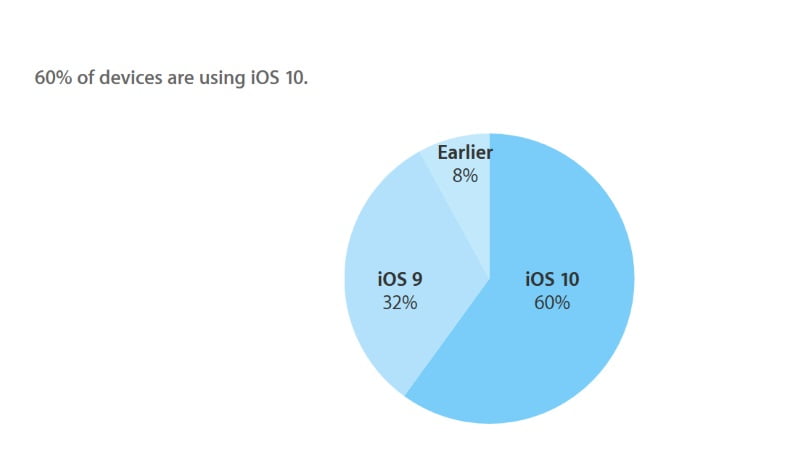
Mumbai: Yield chase is not only at the global investors’ end, even Indian banks are doing it. Banks’ holding of state bonds known as state development loans (SDLs) have risen in proportion compared with the sovereign notes.
Even the fixed-maturity plans of mutual funds are loading up on this despite their illiquidity.
“Traditional captive investors in government securities, especially banks, have changed their strategies to focus on state development loans (SDLs) which have the advantage of higher yields,” said the Reserve Bank of India in its Financial Stability Report released Thursday late evening.
State bonds are yielding in the range of 7-7.32 per cent in the primary market, which is about 40-45 basis points higher than the central government benchmark yield. A basis point is one hundredth of a percentage point.
“These are increasingly finding their way into their Held-to-Maturity (HTM) portfolios even as more liquid central government securities are moving elsewhere.” The book value of the HTM portfolio for a sample of 54 scheduled commercial banks, accounting for more than 99 per cent of the total assets of the banking system, stood at about Rs 21.9 lakh crore as on end-March 2019.
HTM is a category where banks hold securities until scheduled maturities.
Of the Rs 15.8 lakh crore HTM book of the public sector banks, according to RBI, about 61.3 per cent by value was accounted by sovereign securities and about 29.5 per cent was accounted for by SDLs.
The comparative figures for private sector banks were about 84.4 per cent G-Secs and 14.6 per cent SDLs in a HTM portfolio of Rs 6.2 lakh crore, RBI said.
“Even the mutual funds’ fixed-maturity plans (FMPs) are latching on to SDLs prioritising yield pick-up over liquidity,” RBI said.
Mutual funds are increasingly seeking more safety of investments especially after a few of their investment bets in para banks turned bad. The share of state borrowings has surged to 45 per cent during 2018-19 versus 26 per cent of combined borrowing (state and central governments) in 2013-14.
[“source=economictimes.indiatimes”]




